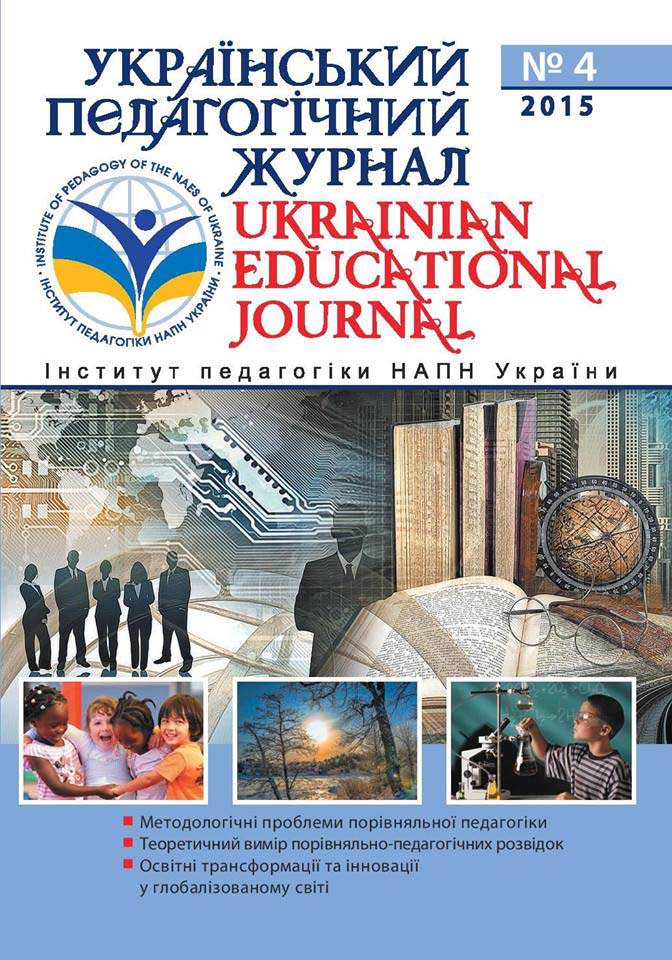Abstract
This article offers a sociological commentary on the role of a research center in the institutional and intellectual construction of the field of comparative education. It takes the Comparative Education Research Centre (CERC) of the University of Hong Kong as the unit for analysis. It draws on a monograph published in January 2015 presenting CERC’s 20-year old histories. These histories were narrated by each of CERC’s Directors and were couched within their personal biographies and the internal sociology of the University of Hong Kong (HKU) and its Faculty of Education, which were in turn embedded within domestic politics and the (evolving) position of Hong Kong and its universities within the region and internationally. These narratives paint in broad brushstrokes the interplay of personal, institutional, and global-local structures, which in turn shaped this research center in East Asia. The commentary contributes to analysis in the field on the role of research centers in the institutional and intellectual construction of the field of comparative education. It expands earlier work on this theme which took the professional societies of comparative education and university programmes as the units for analysis. Sociologically, CERC as a unit for analysis provides an example of the institutionalization of the field of comparative education. As Cowen contended, scholarly networks (journals, centers and societies) are important indicators of the “definition, demand, and supply of comparative education on a world basis”. This paper shows that a research center like CERC can also be viewed as an intellectual field in microcosm. The article begins with a brief introduction of CERC. It lays down the conceptual lenses to be employed, which are Bourdieu’s (1969, 1984a, 1984b) ‘intellectual field’ theory and Becher and Trowler’s (2001) ‘academic tribes and territories’. These lenses are applied to an analysis of the historical evolution of CERC as a form of social practice. A possible future trajectory for the Centre is then mapped out and the implications of this analysis for an understanding of the wider field of comparative education concludes the paper.

This work is licensed under a Creative Commons Attribution-NonCommercial-NoDerivatives 4.0 International License.

